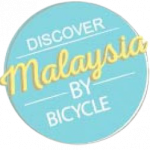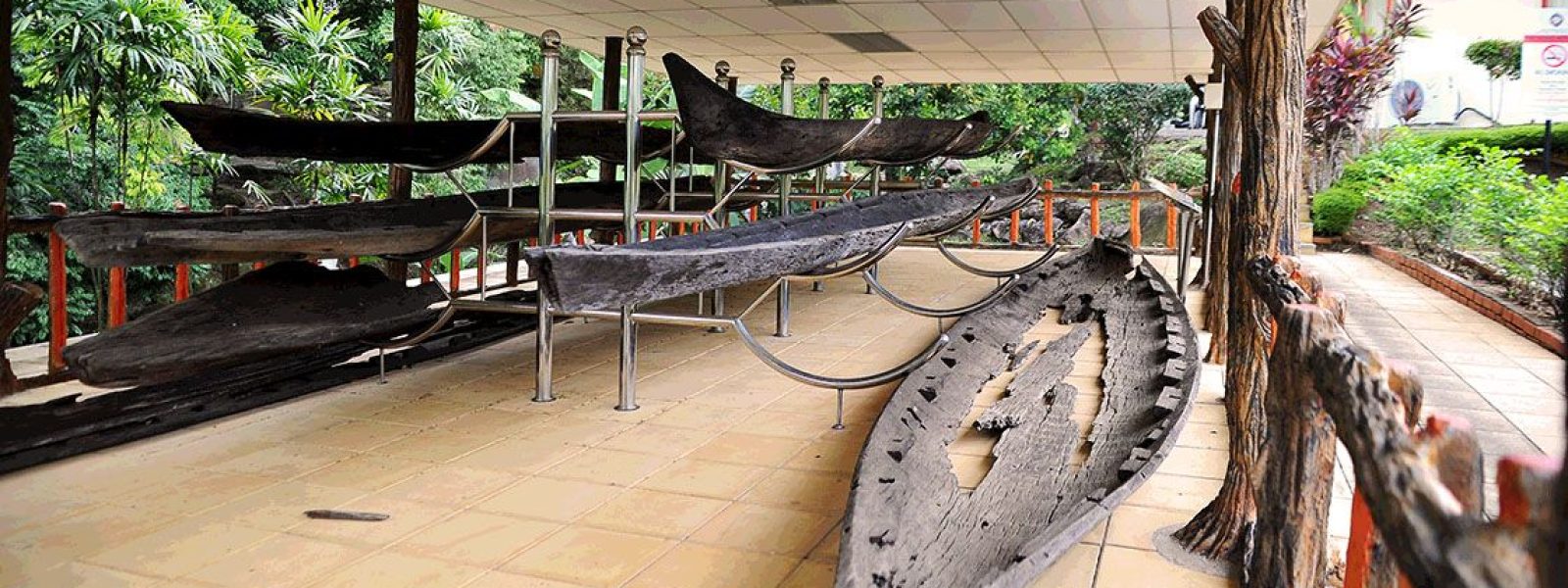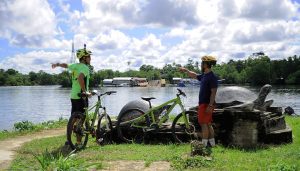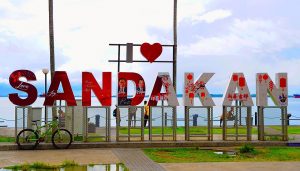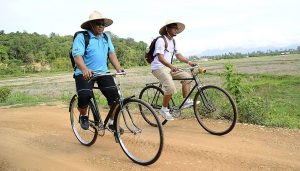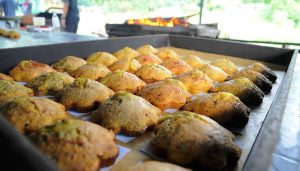Merbok is a small town in the Kuala Muda district where the historical Bujang Valley is located. This olden attraction was what drove us to this trip back to history, 50km south of Alor Setar. Also known as the home of the Hindu-Buddhist kingdom all the way back to 300 AD, Bujang Valley is said to be the oldest civilization of Peninsular Malaysia and probably of South East Asia.
We began our journey from Chalet Terapung Pertubuhan Peladang Kawasan Merbok which is located at the riverbank of Sungai Merbok. It is a unique agro tourism site to stay in with basic resort facilities, plus public kitchen and BBQ pits. It also offers a range of fun water activities, such as swimming, fishing, river cruising and kayaking along Sungai Merbok.
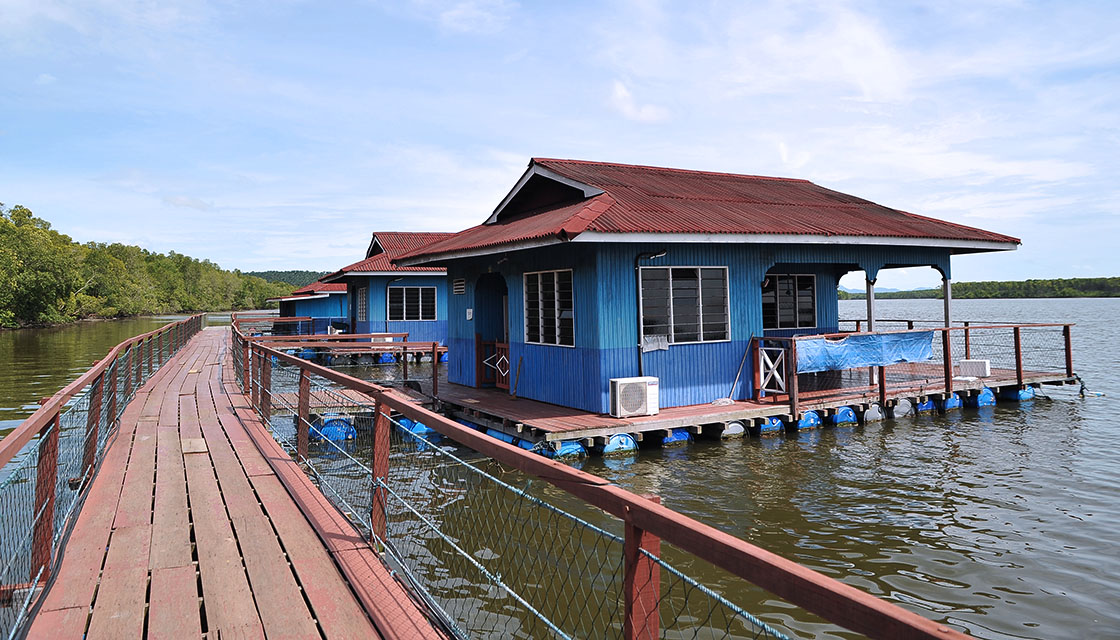
Floating Chalets
And who would miss out on its main accommodation feature – 1. Floating Chalets. Lying on our beds in this floating chalet felt like we were on a boat ride, being gently swayed back and forth, from side to side. For us who have never been in a cabin like this before, the experience was simply extraordinary.
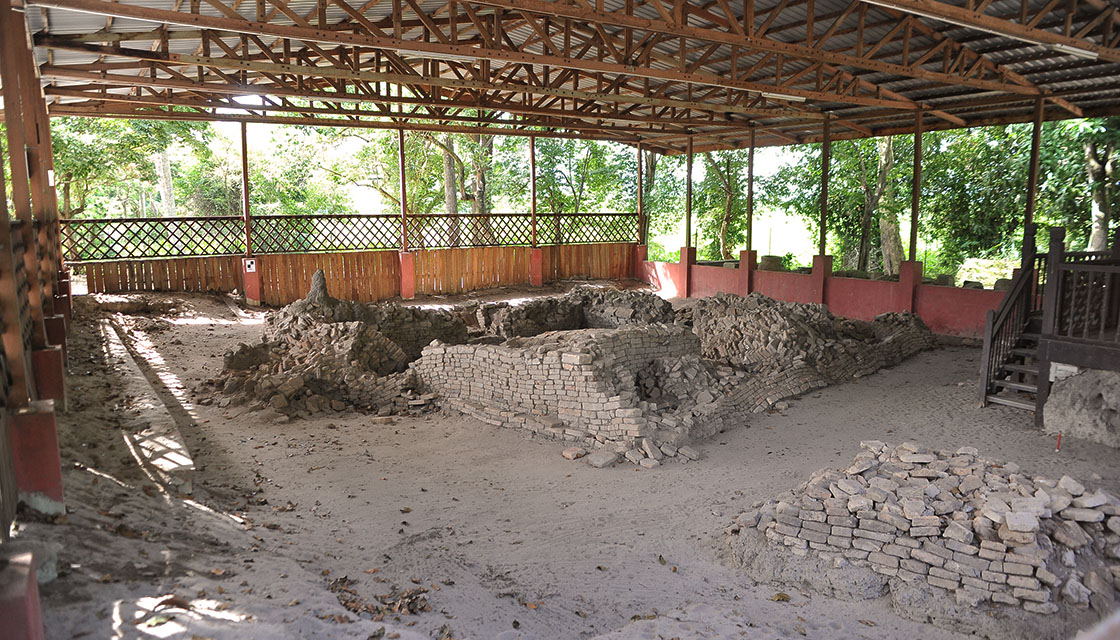
Pengkalan Bujang
After checking in, we hopped on our bicycles and cycled towards Jalan Chempaka, Jalan Kampung Sungai Gelam and took a right turn to Jalan Tapak Candi for 2. Pengkalan Bujang. There was not much to see during the 6.50km ride other than the padi fields and palm oil plantations which were enough to radiate a countryside air while we were cycling along.
Pengkalan Bujang was discovered by Dr. Quaritch Wales during one of his scouting trips between 1936 and 1937. The Candi at Pengkalan Bujang is believed to be built sometime between 10th and 14th century. The Department of Museum and Antiquities started their excavation works in 1974. Based on the artefacts discovered on the site, it used to sit on a riverbank and served as an entrepot for traders from China, India, Middle East and Malay Archipelago. Six stupas (semi-hemispherical structures) were discovered from this 3.5-hectare site that is believed to be influenced by Hinduisme-Buddhisme.
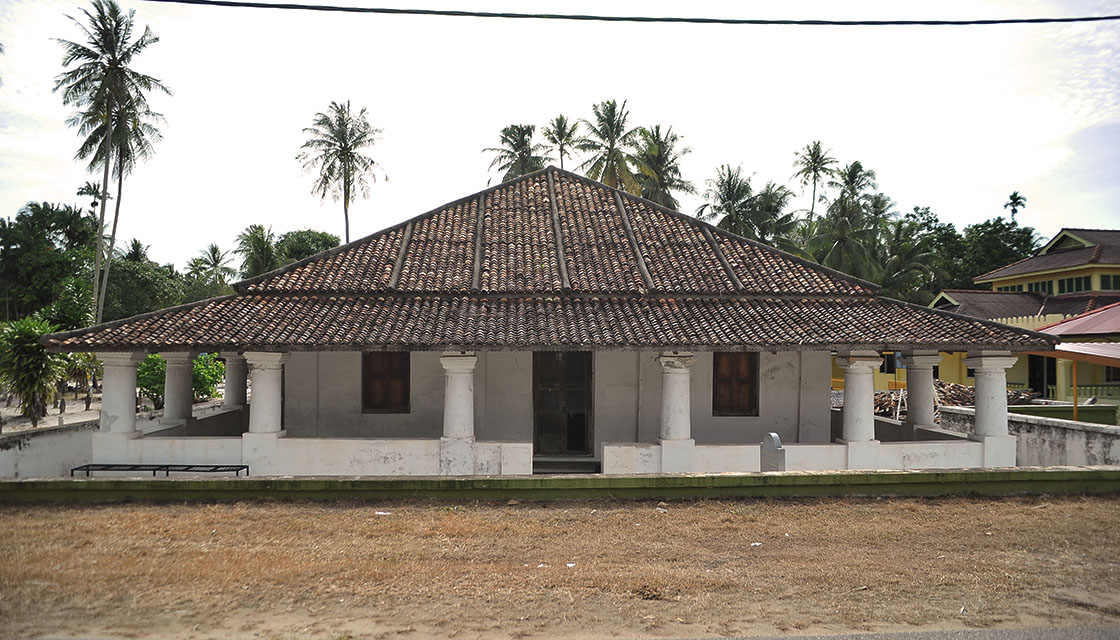
Old Mosque of Pengkalan Kakap
Having spent 20 minutes unearthing the good old days of Pengkalan Bujang, we left Jalan Tapak Candi back to Jalan Kampung Sungai Gelam to visit 3. The Old Mosque of Pengkalan Kakap. There was little influx of motor vehicles but this did not interrupt our ride. We just cycled at our own pace and enjoyed the rustic scenery around.
Masjid Pengkalan Kakap was built around 1800’s and is considered as the oldest mosque in the vicinity of Merbok, Tanjung Dawal, Bujang Semeling and Bedong. It was built by Tok Man, a skilled builder, under the instruction of Penghulu Hj Md. Salleh. His Royal Highness Sultan Abdul Hamid, the 25th Sultan of Kedah, frequently visited this mosque whilst travelling to Kuala Muda District. However, this mosque is no longer in use when a new mosque was built next to it.

Muzium Arkeologi Lembah Bujang
From Masjid Pengkalan Kakap, we cycled right to Jalan Betong Merbok. It was a 5km flat road ride until we took the slippery road to 4. Muzium Arkeologi Lembah Bujang. This is the point where cyclists have to prepare for a non-stop 1.80km climb up to 100m elevation. Thanks to the fruit trees and kampong houses on both sides of the road, climbing up seemed easier with such visual feast.
The Lembah Bujang Archaeological Museum is the only museum in Malaysia exhibiting archaeological collections which prove the existence of Hinduism/Buddhism propagation centre and trade in Southeast Asia from 3rd to 12th century AD.
This also shows that Lembah Bujang was a central port for merchants dominating the trading routes between the eastern and western countries. Among the traders were Chinese, Malays, Indians, and Arabs in the Malay Archipelago who monopolized the trade of spice and exotic jungle commodities for Middle East export.
Lembah Bujang is the first port in Southeast Asia along its sea route. It also served as an alternative route for Far East countries, replacing the Silk Road in connecting Chinese and other Far Eastern traders by land. Lembah Bujang’s significance as Southeast Asia’s central port was highly manifested in archaeological finds and writings of Chinese and Arab seamen, as well as in Indian literature.
These chronicles date back to the 2nd to 14th century AD which retell the existence of an affluent and bustling kingdom of Lembah Bujang, also known as the “seat of all felicities”. Besides being the Nusantara’s ultimate trading centre, it also ascertains the existence of Buddhism with Pala Mahayana influences from southern India. This faith was brought and practiced by Hindu/Buddhist Indian merchants who came for trading at Lembah Bujang.
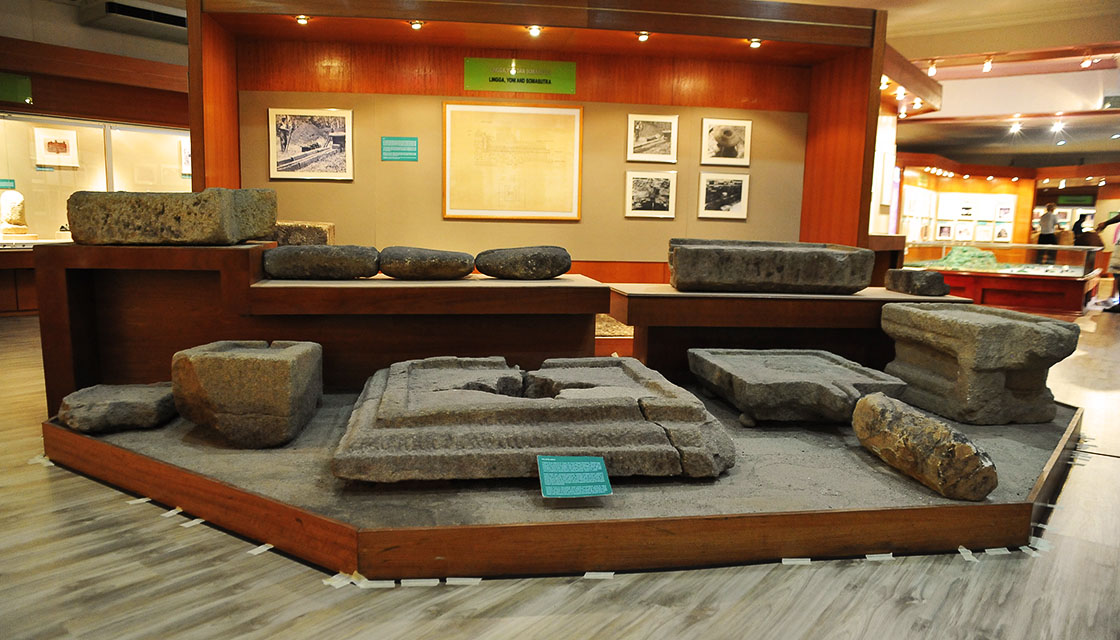
Indoor Gallery
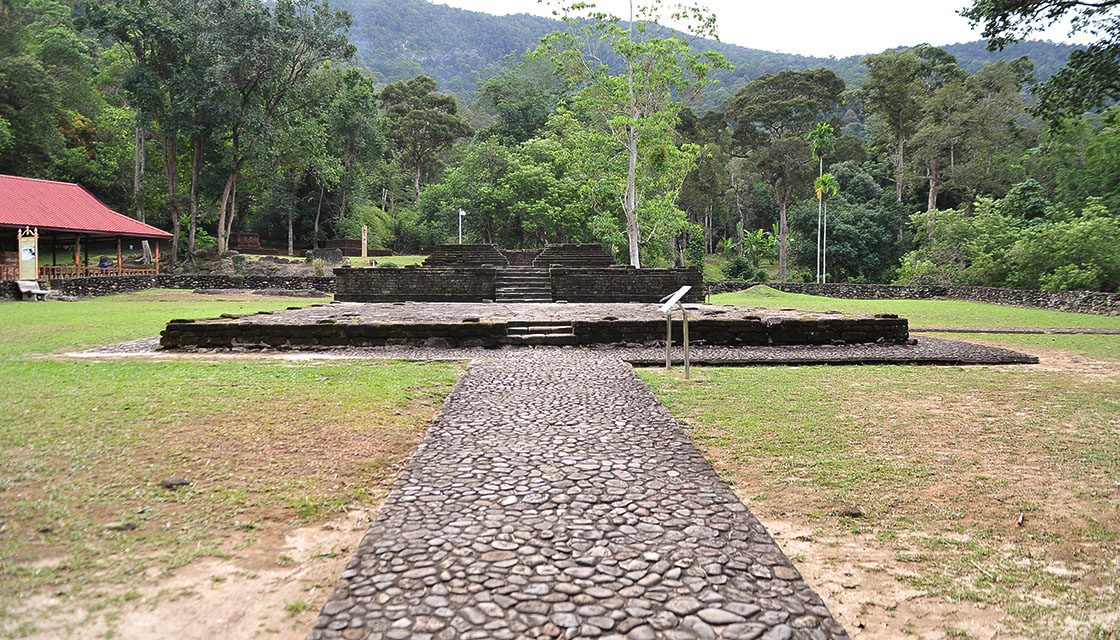
Outdoor Gallery
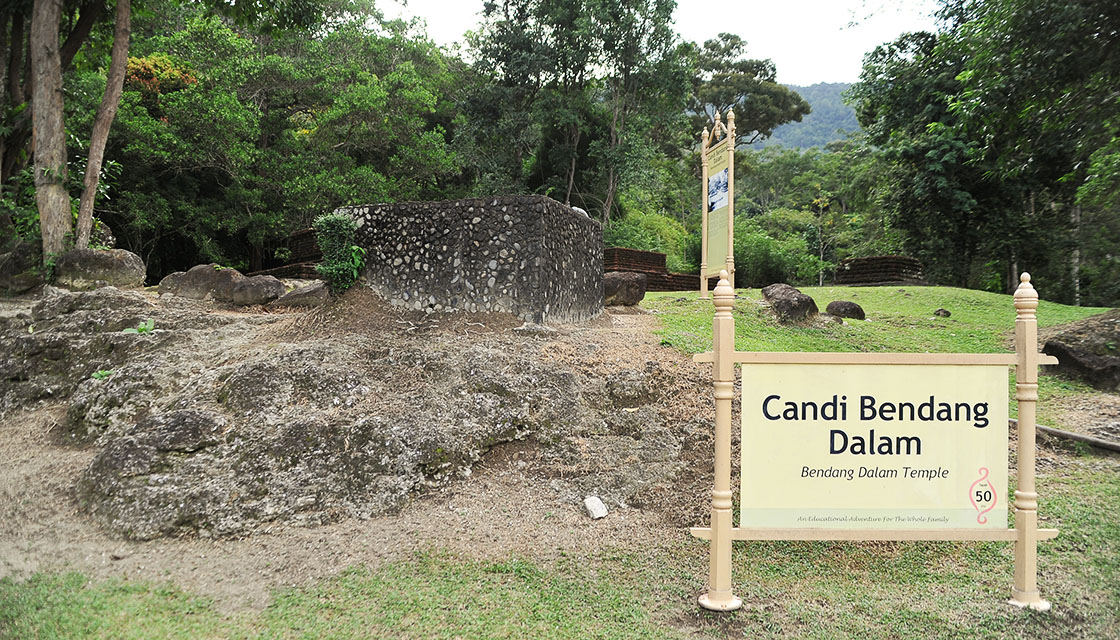
Candis
Going around the museum, we figured that it has two main galleries. The 5. Indoor Gallery displays archaeological artefacts while the 6. Outdoor Gallery in the surrounding area of the museum showcase the 7. Candis excavated from Bujang Valley. For more adventurous cyclists, it is best to bring extra pair of hiking shoes and clothes as you could trudge into the lush of the tropical rainforest and soak yourselves fresh in the river.
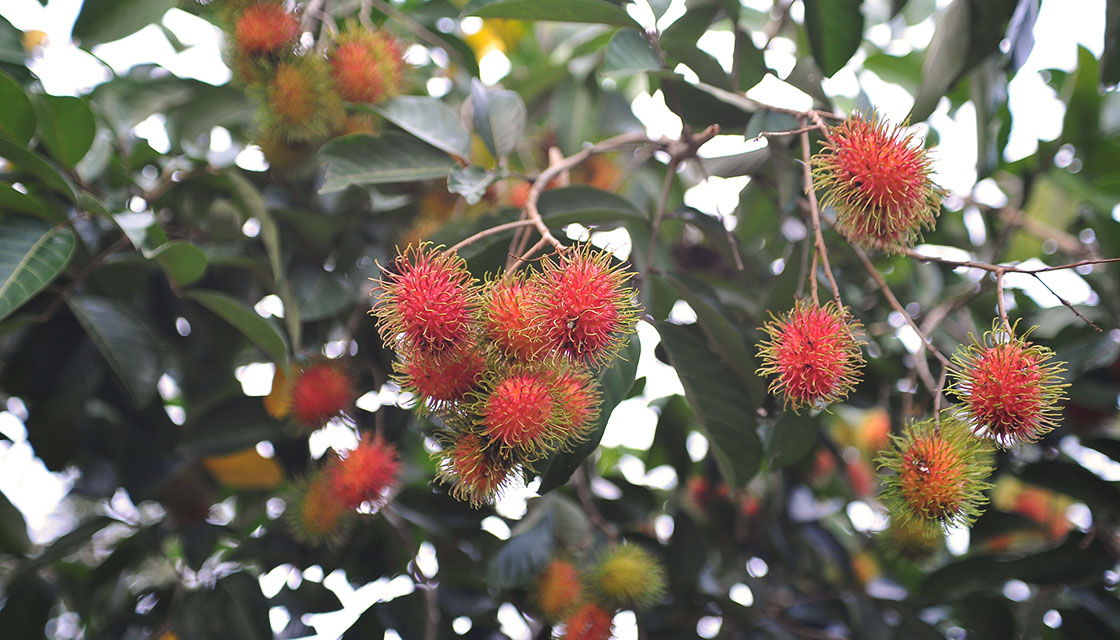
Rambutan
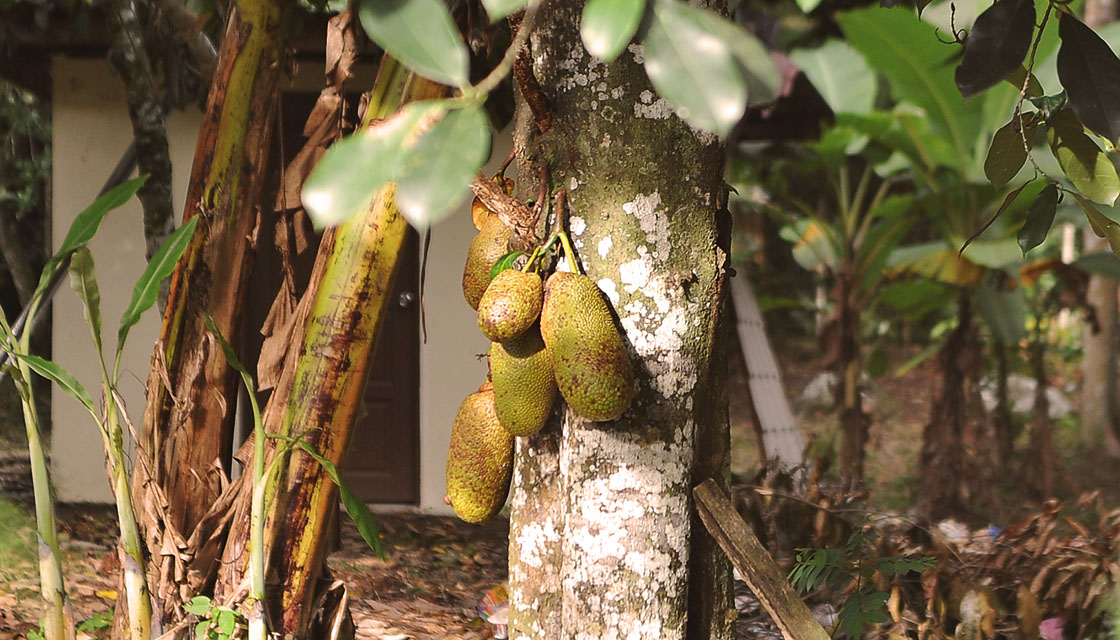
Campedak (Jackfruit)
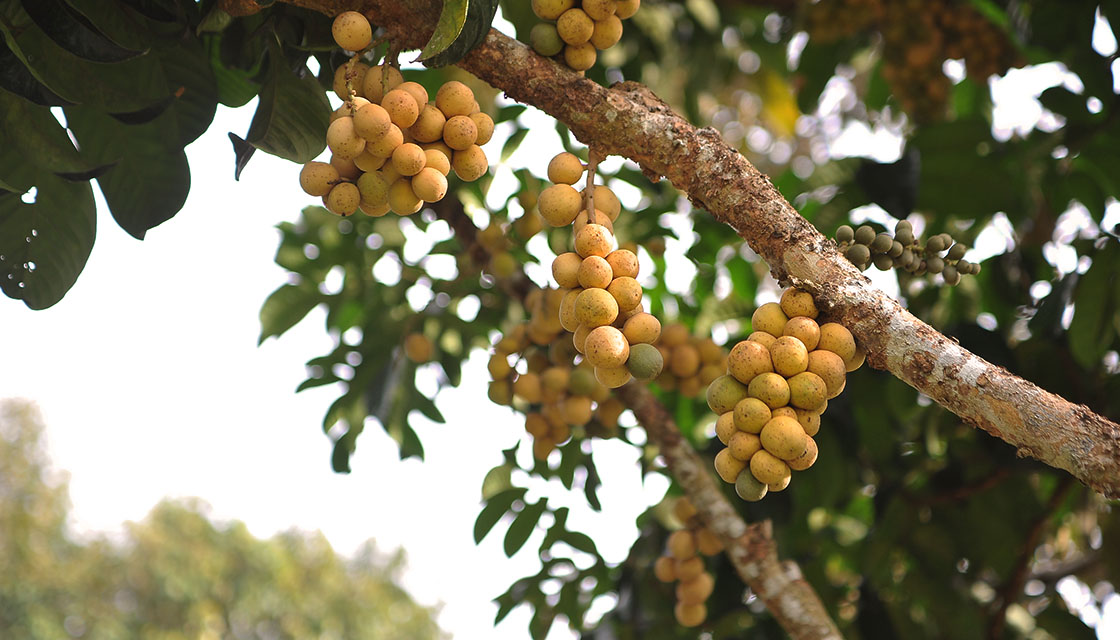
Dokong (lansium Domesticum)
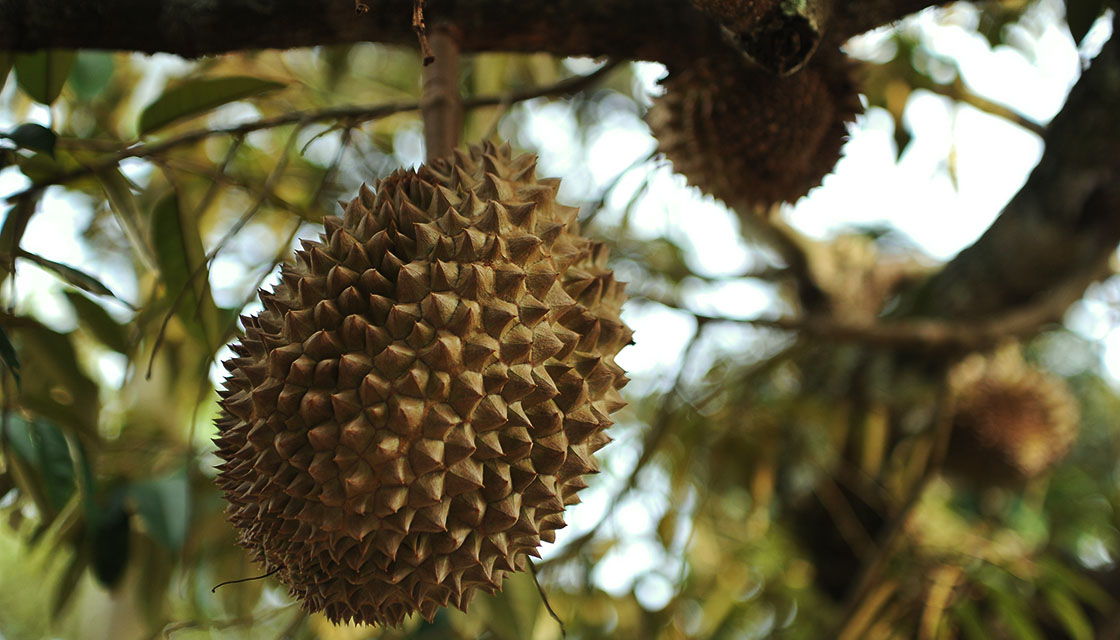
Durian Trees
A long tough climb comes with a rewarding descent. After leaving the museum, we cycled back and this time, the cool wind comforted us as we went down the slope. Because the fruit-bearing trees looked very tempting, we got off our bikes and took a closer look at the 8. Rambutan, 9. Campedak (Jackfruit), 10. Dokong (lansium Domesticum) and 11. Durian Trees. Lucky us, the owner of the durian orchard was there. He welcomed us and offered to walk us through the yard, while his workers were collecting durians.
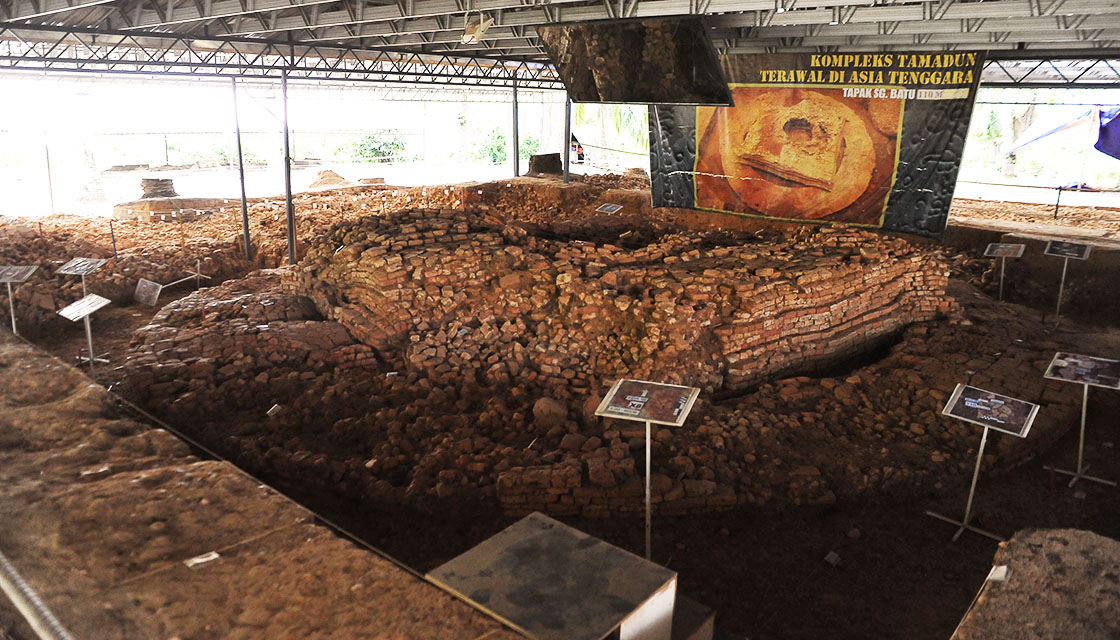
Sungai Batu Archaeological Site
Feeling heavy and happy at the same time, we pulled ourselves up on our bikes again. With durian-filled stomachs, we cycled 8.40km along Jalan Bedong Merbok again and Jalan Bujang for our last stop, 12. Sungai Batu Archaeological Site. We were allowed to walk around the site and take a firsthand look at the excavation work in progress. We observed a small makeshift gallery at the site that displays facts and photos of the archaeological discoveries. It was amazing to see how archaeologists painstakingly unearthed our history from sand and mud coverings to make sense of what’s happening around us now.
From Sungai Batu Archaeological Site, we cycled 11.30km back to Chalet Terapung to end our bike tour. This 38.47km cycling tour is suitable for both teenagers and adults. Although we cycled along flat roads most of the time, the uphill climb to Lembah Bujang Archaeological Museum can be challenging to some. Since it is countryside, the roads are not usually busy with moving vehicles. Sure enough, this cycling tour package is a must-try for outdoor and countryside aficionados out there.
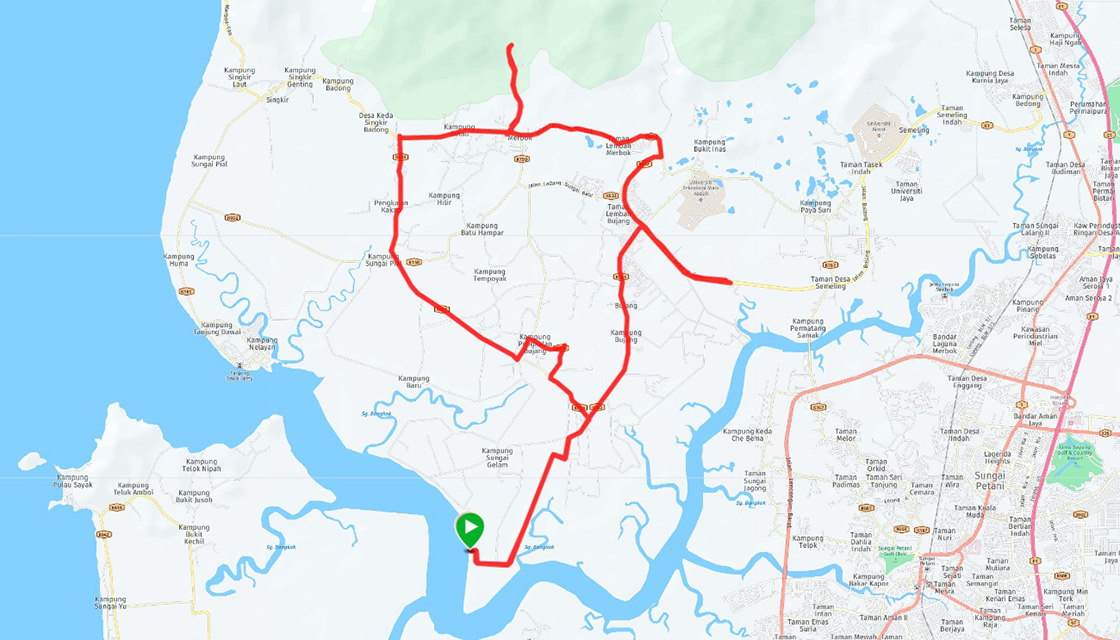
Cycling Route – Merbok Heritage Trail
This cycling tour package is provided by: Herritage G Tour Sdn. Bhd.
6A, Jalan Medan Batu Caves 1, Taman Medan Batu Caves, 68100 Batu Caves, Selangor Darul Ehsan. Tel: +60 (3) 6189-7003
